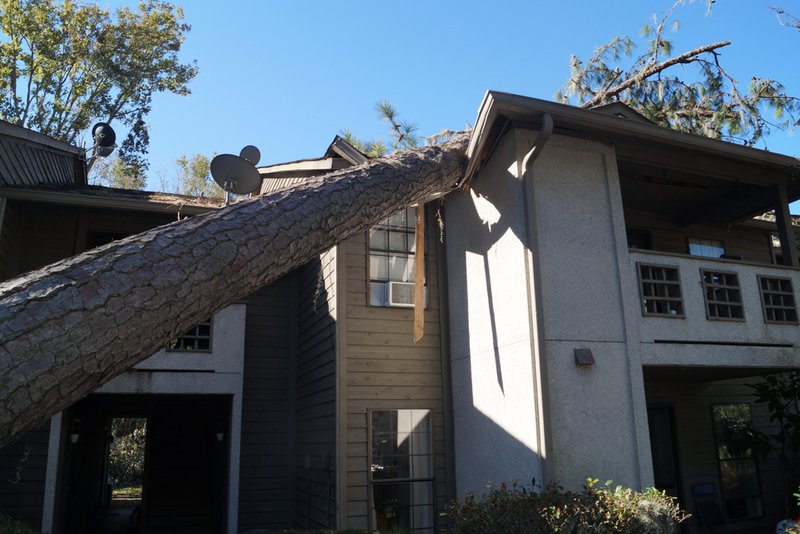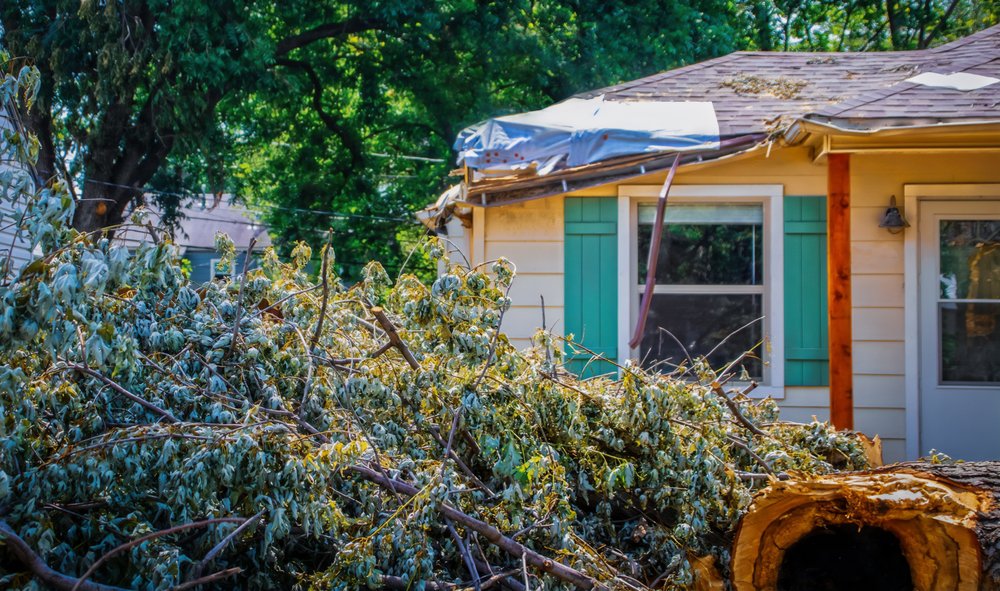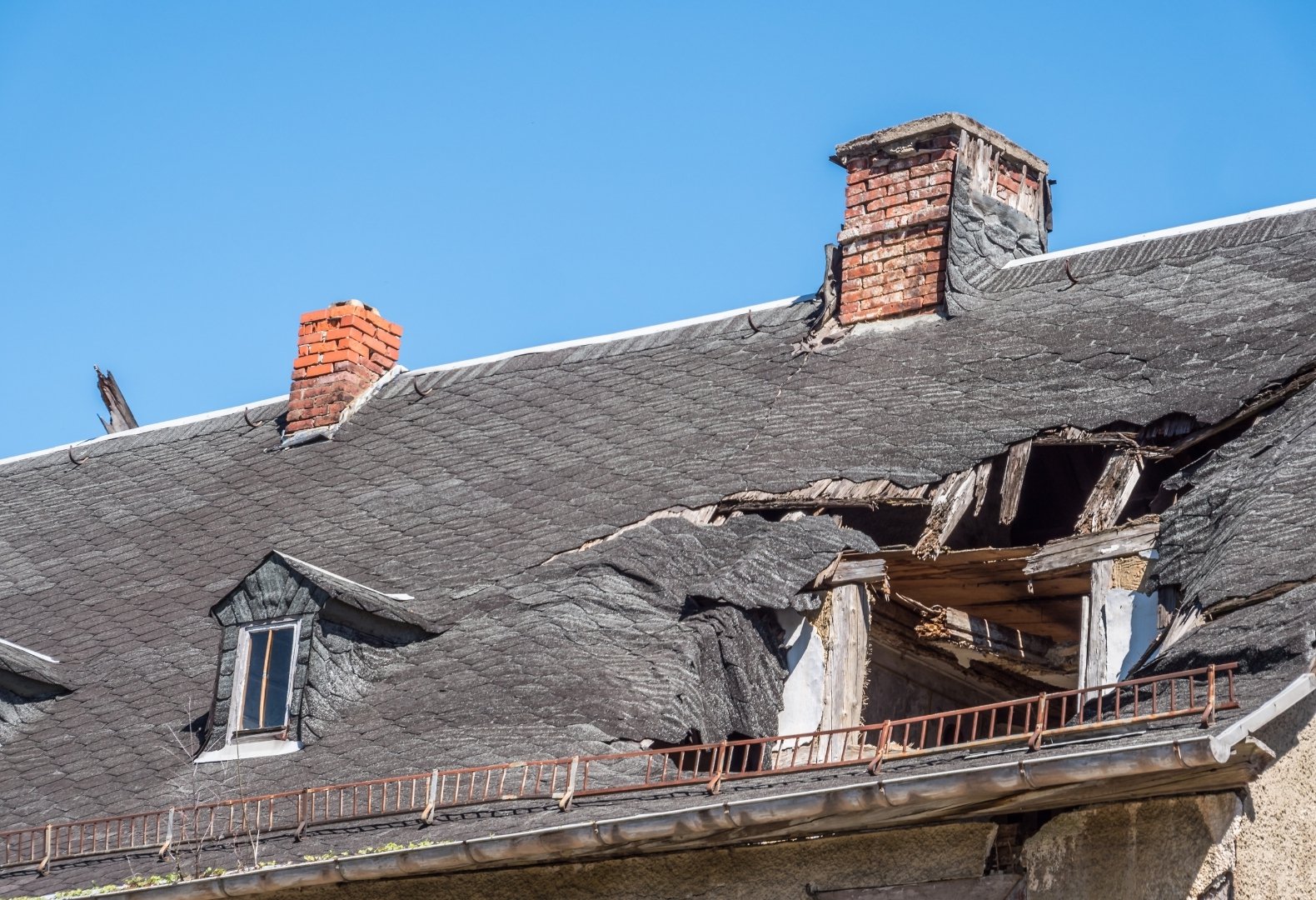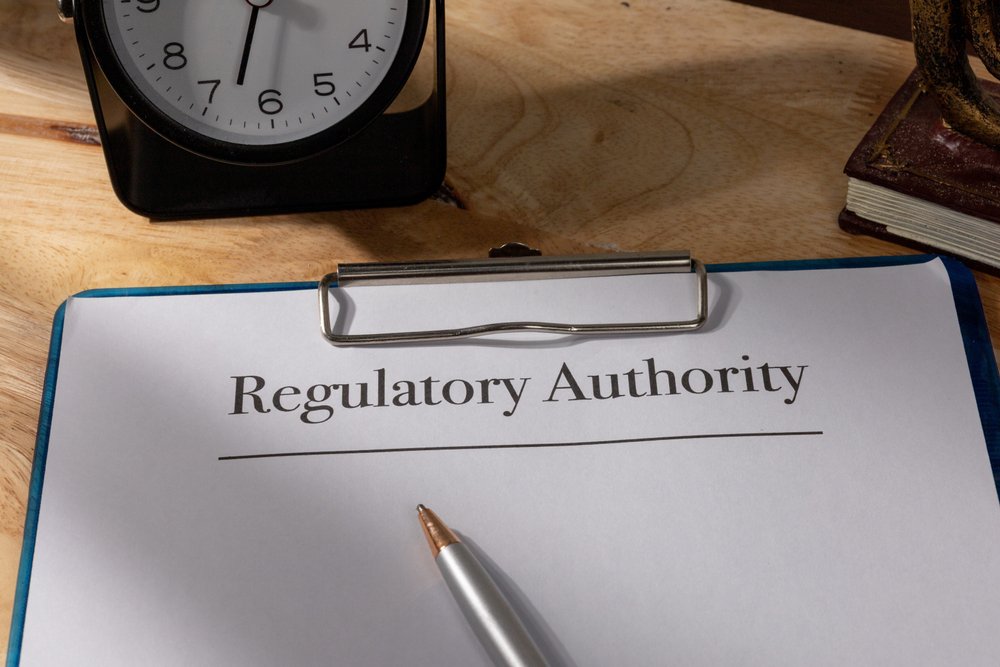Storms are becoming more frequent and severe, leaving both residential and commercial properties vulnerable to extensive damage. The aftermath of a storm can be overwhelming, but knowing how to respond can make a significant difference in protecting your investment and ensuring you receive the full insurance payout you’re entitled to. However, insurance companies have a track record of delaying, denying, and underpaying storm damage claims.
Policyholders must understand their rights, the common tactics used by insurers, and the critical steps to take immediately after experiencing property damage. By taking a proactive approach—documenting the damage thoroughly, consulting with a public adjuster, and ensuring compliance with policyholder obligations—you can increase the likelihood of a fair settlement.
The Impact of Storm Damage and How to Navigate Claims
Storm damage can be unpredictable and devastating, affecting properties in various ways. Whether it’s wind, hail, or flooding, each type of damage presents unique challenges when filing storm damage claims. Knowing what to expect and how to document the damage properly can make the claims process smoother and increase the chances of receiving the compensation you deserve.
Common Types of Storm Damage
Storms can cause a wide range of damage, affecting different structures in different ways. Whether you own a home, manage a multi-family property, or oversee a commercial facility, understanding the risks is essential.
- Roof Damage: High winds, hail, and falling debris can lift shingles, puncture roofs, or even cause partial collapses.
- Water Intrusion: Rain-driven water can seep into walls, flooring, and insulation, leading to extensive damage. It’s crucial to address these issues quickly to prevent microbial contamination.
- Structural Compromise: Strong winds and airborne debris can weaken a building’s framework, requiring costly repairs.
- Electrical & HVAC Damage: Lightning strikes, flooding, and power surges often damage essential systems, leading to unexpected repair costs.
- Interior Damage: Broken windows and compromised roofing allow water and debris to enter, further damaging personal property or business equipment.

Different properties experience storm damage in unique ways. Large commercial facilities may suffer from roof membrane failures, while residential properties often face shingle loss and interior water damage. Regardless of the property type, understanding these risks is key to preparing strong storm damage claims.
Immediate Steps to Take Post-Damage
Taking the right actions immediately after storm damage can significantly impact the outcome of your insurance claim. By responding quickly and methodically, you can ensure safety, prevent further damage, and strengthen your storm damage claims for a fair settlement.
1. Ensure Safety First
The priority after a storm is ensuring the safety of all occupants. Avoid entering severely damaged buildings until professionals confirm structural integrity.
2. Prevent Further Damage
Most insurance policies require policyholders to take immediate steps to prevent additional damage, which is essential for maintaining claim eligibility. This often involves actions such as:
- Boarding up broken windows
- Placing tarps on exposed roofing
- Shutting off utilities if there’s water intrusion or electrical damage
Failing to take these preventive measures can result in claim denials or reductions.
3. Document the Damage
Thorough documentation is one of the most important aspects of the claims process. Insurance companies often undervalue claims, but strong evidence can support your case.
- Photograph Everything: Capture wide-angle shots and close-ups of all damage, making sure to include timestamps.
- Video Documentation: Walk through the property and record the damage while providing verbal descriptions.
- Itemized Inventory: List all damaged property, including furniture, equipment, and structural components, with estimated values.
- Collect Witness Statements: If possible, have neighbors, employees, or tenants provide statements about the event and its impact.
Public adjusters, like those at Velocity, can assist in gathering and organizing this documentation, ensuring you meet all insurance requirements for storm damage claims.
Navigating the Claims Process
Understanding the claims process is crucial to ensuring a smooth recovery after storm damage. Many policyholders face challenges when dealing with insurers, from delayed responses to underpaid settlements. Knowing what to expect and how to protect your rights can make a significant difference in the outcome of your storm damage claims.
Understanding Insurance Company Tactics
Insurance carriers prioritize their bottom line, often using tactics to minimize claim payouts. Studies show that claims handled by policyholders without representation are significantly underpaid compared to those handled by public adjusters.
- Delays: Adjusters may take weeks to inspect the property, causing further deterioration.
- Denials: Carriers frequently deny claims citing policy exclusions, even when coverage should apply.
- Lowball Offers: Initial offers are often far below what’s needed for full repairs.
By working with a public adjuster, you can counteract these tactics and ensure your storm damage claims are handled fairly.

Filing a Storm Damage Claim: What to Expect
- Notify Your Insurer: Contact your insurance provider as soon as possible to initiate the claims process.
- Provide Documentation: Submit your photos, videos, and inventory lists to support your claim.
- Expect an Adjuster Visit: Your insurer will send an adjuster to inspect the damage—but remember, they work for the insurance company, not for you.
- Consider a Public Adjuster: A public adjuster can independently assess the damage and negotiate with the insurer on your behalf.
Why You Should Hire a Public Adjuster
Insurance companies have teams of professionals working to protect their interests—shouldn’t you have someone advocating for yours? Public adjusters specialize in policy interpretation, claim negotiation, and maximizing settlements for storm damage claims. Here’s how they help:
- Expert Policy Analysis: They ensure your claim is filed correctly and that all coverages are applied.
- Independent Damage Assessment: Unlike the insurer’s adjuster, a public adjuster works solely for you.
- Negotiation Power: Public adjusters challenge low settlements and fight for fair compensation.
Velocity Public Insurance Adjusters, certified through the IICRC in water damage, structural drying, fire and smoke damage, has extensive experience in handling storm damage claims. Our expertise in water damage losses ensures that all aspects of your claim, including hidden water intrusion, are addressed properly.
Weathering the Storm with Public Insurance Adjusters
If your property has suffered storm damage, taking the right steps immediately can mean the difference between a fair payout and financial loss. Don’t rely solely on your insurance company’s adjuster—protect your interests by working with an experienced public adjuster.
Schedule a free claim and policy review with Velocity Public Insurance Adjusters today. Let us help you navigate the complex insurance landscape and secure the settlement you deserve. Contact us now.
Claim Services We Provide
Velocity Public Insurance Adjusters handles a variety of claim types for both commercial and residential property losses: weather-related damage, theft and vandalism, fire and smoke damage.
Members of
Velocity Public Insurance Adjusters is a Certified Firm with the IICRC.
IICRC Certified Firms are known for their high level of technical experience and professionalism.
With the rapid increase in consumer calls due to the demand for mitigation and restoration projects,
Certified Firms are working in the field every day and have unmatched expertise in complex restoration projects.
Client testimonials
Don't take our word for it, see what our clients are saying about us.
Contact us
Schedule a free, no-obligation, claim and policy review. Every property claim is different, and we'd like the opportunity to provide you with an assessment of your unique situation.
- Indiana
- Kentucky
- Michigan
- Ohio
- Iowa
- Wisconsin
- South Carolina
Use of Information Purpose: We use your information to send mobile messages and respond to your inquiries as necessary. This may involve sharing your information with platform providers, phone companies, and other vendors who assist in message delivery.
Protection of Information: We do not sell, rent, loan, trade, lease, or otherwise transfer for profit any phone numbers or customer information collected through the SMS program to any third party.
Disclosure: We may disclose your information if required by law, regulation, or governmental request, to avoid liability, or to protect our rights or property.
Choices and Controls Consent: Consent to receive automated marketing text messages is not a condition of any service we provide.
Opt-Out: You can opt out of receiving further text messages via the Messaging Service by responding to any of our text messages with any of the following replies: STOP, END, CANCEL, UNSUBSCRIBE, or QUIT.
Your Responsibilities Accurate Information: Ensure that the information you provide is accurate, complete, and truthful. Do not use a false or misleading name or a name you are not authorized to use.
Consequences: If we believe the information provided is untrue, inaccurate, or incomplete, or if you have joined the program for ulterior motives, we may deny you access to the program.












